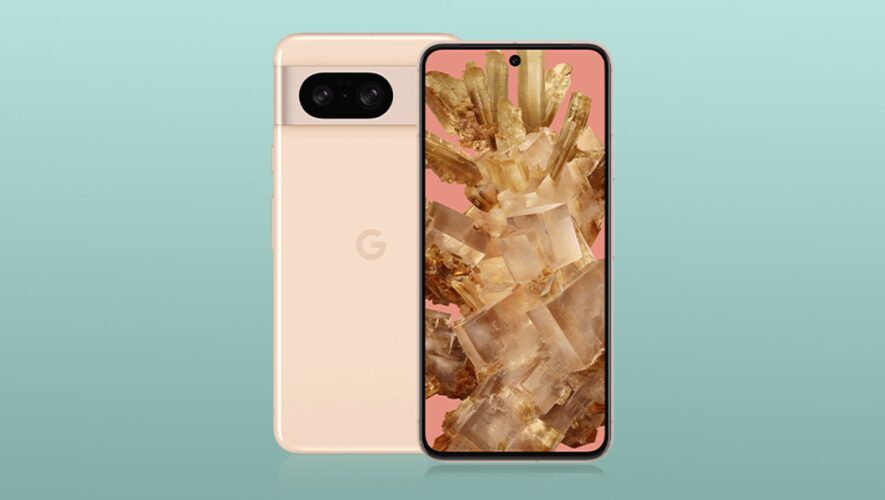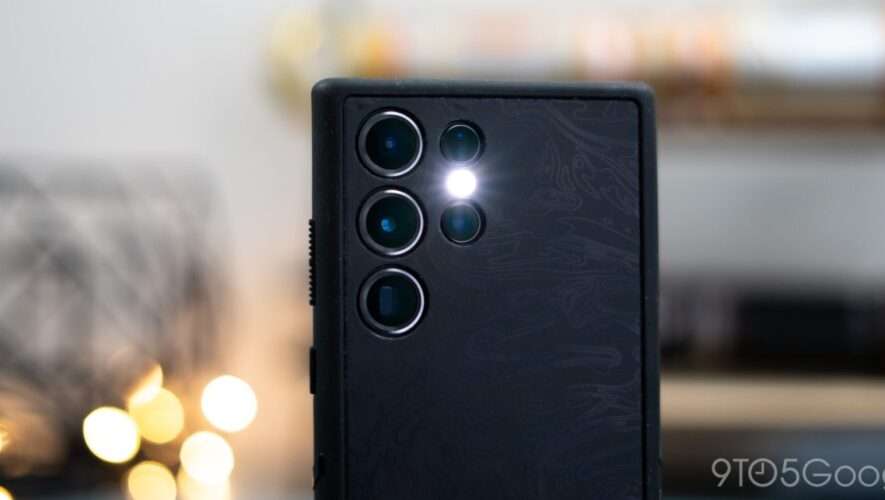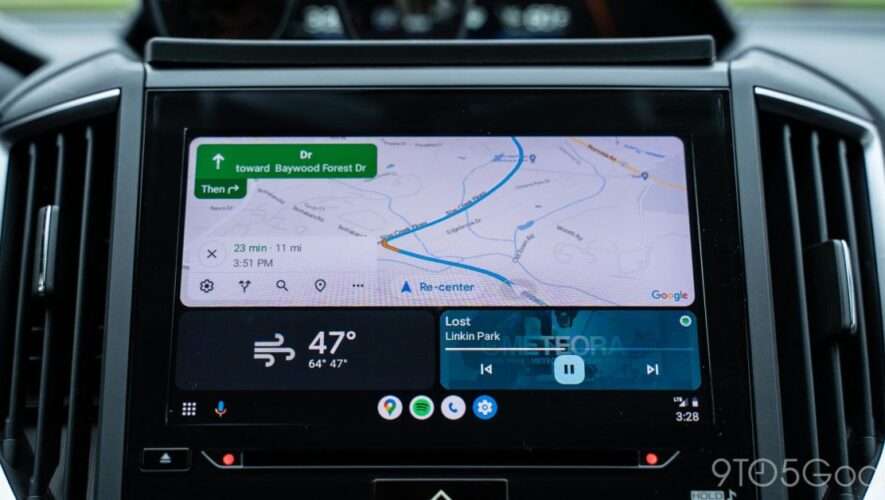Google Pixel 8 Best performance
The Google Pixel 8 introduces the Tensor G3 processor, a brighter and faster display, tweaks to the camera system and more. It’s not a massive departure from its predecessor, but it’s refined, and it’s the one to pick if you want to be on the cutting edge.
Google Pixel 7 Best value
The Google Pixel 7 might be a little older, but it’s still very relevant. It already offers amazing value for money, and it’s only set to get more appealing as the price drops further. Performance is great, the design is stylish and the photography is top-notch.
After a year filled with endless leaks and rumours, the Google Pixel 8 has finally launched. It sports a new processor, upgraded cameras and a tweaked design – but is that enough to be worth the upgrade from the Pixel 7?
Whether you’re buying a Pixel for the first time or weighing up the cost of an upgrade from your existing Pixel 7, we’ve got you covered. Here’s everything that’s changed with Google’s latest handset.
Price, specs and availability
The Pixel 7 launched in October 2022 and has been widely available ever since. It was introduced for $599, but we’re expecting that price to drop significantly now that its predecessor has arrived.
The Pixel 8 launched on October 4, 2023, for $699 and is available to pre-order now. It’s a pretty sharp price increase over its predecessor, which only serves to widen the gap between these two handsets.
Google Pixel 8Google Pixel 7BrandGoogleGoogleSoCGoogle Tensor G3Google Tensor G2Display6.3-inch, Actua OLED, 2400 x 1080, 428ppi, 60-120Hz, up to 2000nits6.3-inch, Full HD+, 90Hz, up to 1400nitsBattery4575mAh, 30W fast charging, 12-18W wireless4,355 mAhOperating SystemAndroid 14Android 13Dimensions150.5 x 70.8 x 8.9mm, 187g155.6 x 73.2 x 8.7mm ColorsObsidian / Hazel / RoseSnow / Obsidian / LemongrassIP RatingIP68IP68Front camera10.5MP 10.8MP f/2.2Rear camera50MP wide + 12MP ultrawide50MP f/1.9 main + 12MP f/2.2 ultra wideWeight187g197gCharge speed30W wired / 12W-18W wireless30W wired / 20W wirelessRAM8GB8GBStorage128GB / 256GB128GB / 256GB
Design and display
The Pixel 8 and Pixel 7 have very similar styling; they both feature Google’s signature raised camera bar with a metallic finish and have the two rear lenses joined in a pill-shaped window with a separate flash unit. The most obvious differences are that the lenses are larger on the newer phone, and the corners of the phone are more rounded.
They both have the same size screen, but the Pixel 8 shrinks the bezels to reduce the phone’s overall size. It’s slightly thicker than the Pixel 7, but only by .2mm, so you’re unlikely to notice it in the real world. The Pixel 8 is also about 10 grams lighter, which we’re always happy to see.
The Pixel 8 is available in subtle Gray and Obsidian Black colourways, as well as a more unique Peony Rose option. We reckon the Pixel 7 gets the award for the most striking colour option, though, with its bold Lemongrass colourway. It’s also available in understated Snow and Black options.
Both phones have 6.3-inch FullHD+ displays, but the Pixel 8’s display gets a healthy upgrade. It offers adaptive refresh rates of 60-120Hz, compared to the fixed 90Hz refresh rate on the Pixel 7. It’s also brighter, able to output 2000 nits at peak, compared to 1400 nits on the Pixel 7.
Hardware and performance
The Pixel 8 (and 8 Pro) are the debut phones to feature Google’s third-generation silicon, the Tensor G3. This should provide a significant performance bump over the Tensor G2 processor found in the Pixel 7.
If you like to play graphically intensive mobile games or do things like video editing and image processing on the go, you’ll see a benefit when opting for the newer model. We have still yet to test the Pixel 8 in-house, so it’s hard to say exactly how much better the G3 performs at this stage, but it’s sure to be a marked improvement.
Both models come with 8GB of RAM, and both have the same storage options of either 128GB or 256 GB. Charging and battery claims remain the same across both models, too, with both advertising over 24 hours of battery life and up to 50 per cent charge in 30 minutes using Google’s 30W USB-C charger.
Cameras
At a glance, the camera specifications on these two phones look very similar. However, the Pixel 8 offers a few key advantages over its predecessor. The main camera gets a wider aperture for better low-light performance; it’s now f/1.68 compared to f/1.85. Both utilise 50MP sensors, and both are capable of Super Res Zoom up to 8x.
The 12MP ultrawide gets a wider field of view on the Pixel 8, offering 125.8 degrees rather than 114 degrees, and it also gets autofocus with macro-focusing capabilities. Depending on what you like to shoot, this could prove to be the single biggest upgrade on the new model.
The selfie camera, strangely, gets a slight downgrade in terms of megapixels. It’s now 10.5MP instead of 10.8MP. On the other hand, it does offer a wider field of view, at 95 degrees, compared to 92.8 degrees on the Pixel 7. Neither offer autofocus on their selfie cameras; you’ll need to move to the pricier Pixel 8 Pro for that.
As usual, the biggest advantages come from Google’s software features, with things like Audio Magic Eraser to clean up the audio on your video clips, and Best Take, which gives you the ability to merge group shots for perfect results every time. These features are currently exclusive to Pixel 8 and 8 Pro, but we can’t help but wonder if they’ll make their way over to Google Photos in the near future, too.
Conclusion
There’s no doubt that the Pixel 8 is the superior phone, mainly owing to its newer processor, but the overall difference isn’t as large as some might have hoped. Still, the improved display, camera upgrades, and slight reduction in size and weight add to its appeal.
The problem is the cost; with such an increase over its predecessor, it might make more sense to opt for the older Pixel 7, especially if its price starts to come down. Equally, waiting for the next generation might make more sense before upgrading your existing Pixel 7, as it’s still a great performer in late 2023.
At the end of the day, both phones are excellent options. If you like the stock Android experience and Google’s AI-powered computational photography, the Pixel 7 and 8 are two of the best upper-mid-range smartphones available today.
Pocket-lint
https://www.pocket-lint.com/google-pixel-8-vs-google-pixel-7/



